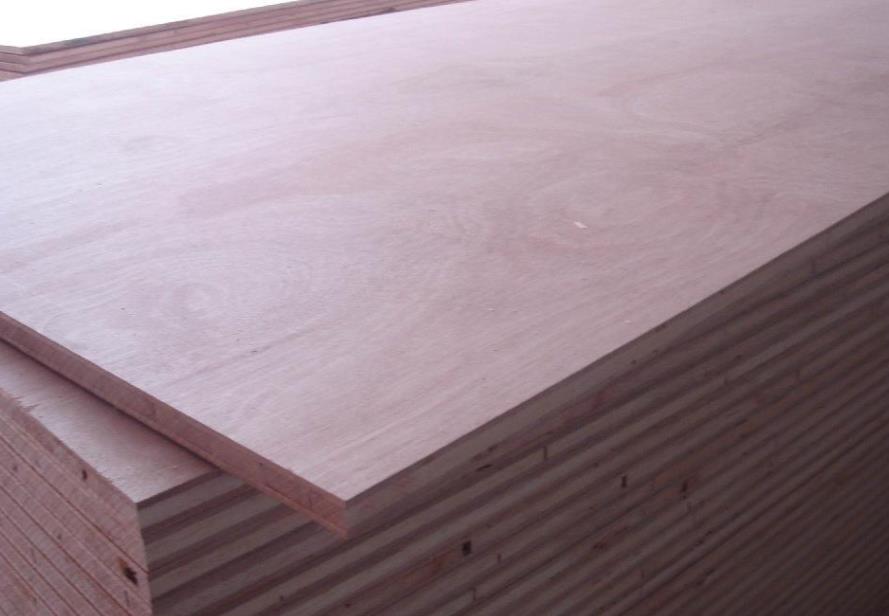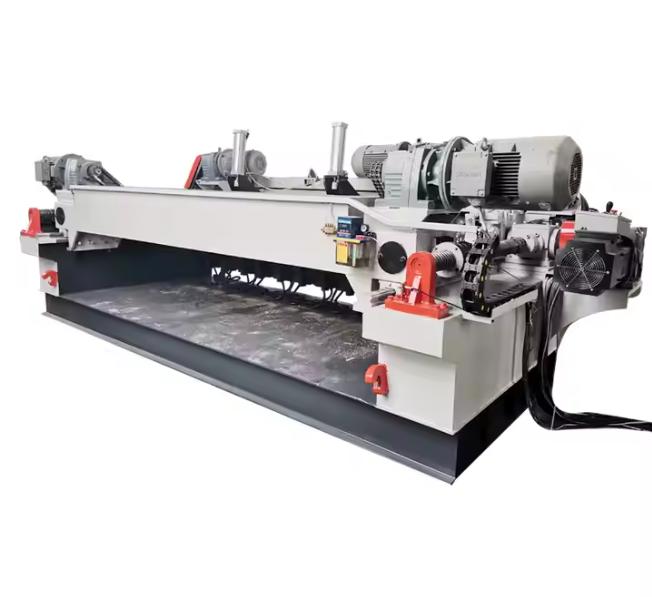
How the Glue Affecting the Pre-Pressing Effect of Plywood
The properties and application of adhesive play a crucial role in the pre-pressing effect of plywood. The details are as follows:
1. Initial Viscosity
· Impact: Higher initial viscosity results in stronger adhesion between veneers and allows for shorter pre-pressing times in plywood production.
· Improvement Measures: Adding a certain amount of polyvinyl alcohol to urea-formaldehyde adhesive can enhance its initial viscosity, thereby improving the pre-pressing effect.
2. Formaldehyde Content
· Impact: Glues with higher formaldehyde content have better bonding strength and durability, leading to improved plywood pre-pressing results.
· Environmental Requirements: Environmentally friendly adhesives, which have lower formaldehyde content, often require longer pre-pressing times, potentially affecting production efficiency.
3. Curing Agent
· Impact: Higher amounts of curing agent accelerate the curing process, significantly enhancing the plywood pre-pressing effect.
· Control: The amount of curing agent should be properly controlled to avoid overly rapid or uneven curing.
4. Flour
· Function: Adding flour during adhesive preparation not only acts as a filler but also increases the viscosity of the adhesive, thus improving the plywood pre-pressing effect.
· Precautions: The amount of flour added should be appropriate to avoid negatively affecting the flow and penetration of the adhesive.
5. Glue Spread Amount
· Impact: A larger amount of glue improves penetration and bonding strength, enhancing the pre-pressing effect.
· Issues: Excessive glue application may lead to:
o Increased water content introduced by the adhesive, causing the veneers to become saturated and negatively affecting the pre-pressing results.
o Waste of adhesive or slippage between veneers.
· Optimization: The glue spread amount should be adjusted based on the material properties of the veneers and the requirements of the pre-pressing process to balance penetration and water content.
These factors must be comprehensively adjusted according to specific conditions in actual plywood production to ensure stable plywood pre-pressing effects and production efficiency.


 What is the yield rate of eucal
What is the yield rate of eucal
 New glue technologies for plywo
New glue technologies for plywo
 How to evaluate the production
How to evaluate the production
 What is the Veneer Drying Equip
What is the Veneer Drying Equip
 How to maintain the wood veneer
How to maintain the wood veneer
 Working Principle of Wood Spind
Working Principle of Wood Spind